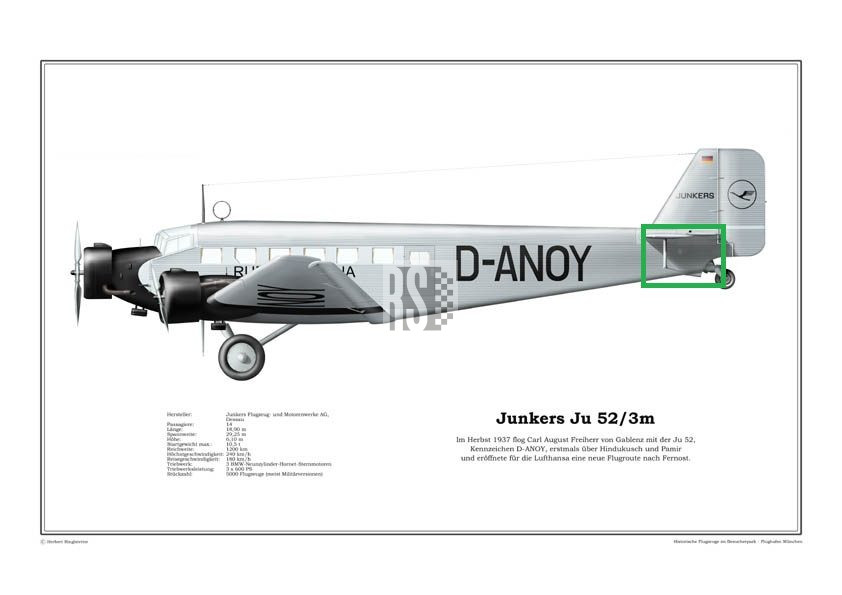new piece added to the Rocksteady militaria collection
today the Rocksteady collection added a new piece to the collection, the rear section of a fallschirmjäger ,JU52 German aircraft crashed in the area of Dombas Norway, a very limited ammount 10 pieces of displays will be made and available in the webshop soon.

The Battle of Dombås was fought between Norwegian Army infantry forces and German Fallschirmjäger paratroops in mid-April 1940. As part of their conquest of Norway south of Trondheim, and as a countermeasure against reported Allied landings in the Romsdal area of south-western Norway, the Germans dropped a company of paratroopers near the vital railroad junction of Dombås on 14 April 1940. For the next five days, the German force blocked the Dovre Line railroad line between Oslo and Trondheim, as well as the main road between the two cities.

At around 17:00 Norwegian time on 14 April, fifteen Junkers Ju 52 transport aircraft took off from Fornebu Airport near Oslo in hail and sleet with low cloud cover. An hour earlier, one Ju 52 had flown a reconnaissance flight over the drop area at Dombås without being able to see anything through the cloud cover.[3]
Even though the officers on the site wished to postpone the mission due to the weather conditions the fact that the mission was based on a direct command from Adolf Hitler meant that it had to be carried out despite the risks involved.



-aftermath-
The Germans lost a total of 21 dead during the battle, as well as 40 wounded or injured. Of these, 15 of the fatalities occurred during the initial phase of the attack, as well as 20 wounded and 14 personnel suffering injuries. Six more were killed and another six wounded during the fighting that led to the final German surrender on 19 April. Around 150 Germans were taken as prisoners of war. Seven Junkers Ju 52 transports were shot by ground-fire and an eighth Ju 52 landed in neutral Sweden. Norwegian casualties in the battle totaled 20 dead and 20 wounded. The Norwegian and German wounded who were treated by the Norwegian medical service were first treated at a field hospital in Dombås, before being moved to a regular hospital. The first train loads of wounded, leaving Dombås on 16 April, were destined for Molde Hospital in Molde, with later transports sent with the hospital ship Brand IV from Åndalsnes to Ålesund Hospital in Ålesund. German dead were buried by the Norwegian military in mass graves, eventually being moved post-war to a German War Graves Commission cemetery in Alfaset, Oslo.





